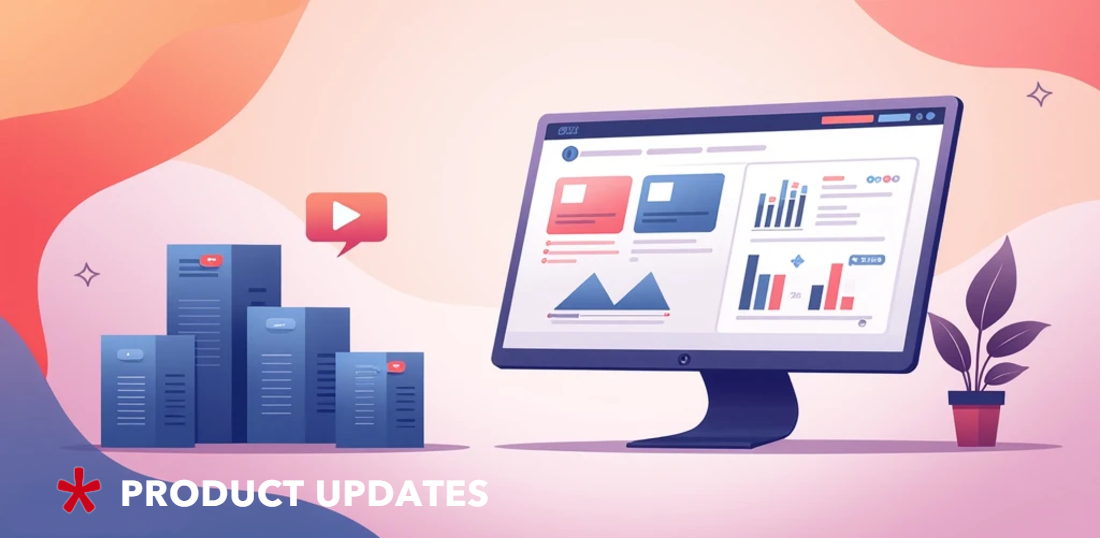Ads.txt and What We Know About It
Programmatic made all players equal, including the shady ones. The industry regulators with sufficient tech capabilities at hands are called on to find the solution for improving ad buying experience. IAB offers us its ads.txt idea to look into.
Why
The money spent on advertising content production and delivery go down the drain, when ad fraud and brand safety issues come in play.
The quality of inventory paid for by advertisers is not assured at the level high enough. In many cases, the traffic appears to be non-human or misleading. And the volume of such fraudulent traffic is growing exponentially, which forces the buy side to sound the alarm.
Both blacklisting and whitelisting options showed their flaws. Moreover, as the tech tools of fraudsters get more sophisticated, they can mask themselves or seep through the block.
What
As the way to fight the problem, IAB has announced the final specification for its “ads.txt” project, supported by Google. Ads.txt is a public record of Authorized Digital Sellers that publishers can offer for potential buyers to use. It doesn’t overload the speed of RTB processes, but sheds more light on the actors of the supply chain.
How
The option is not mandatory now, rather it’s a recommendation. Publishers are asked to host a text file, which exposes all networks, exchanges and SSPs, authorized to sell their impressions.

IAB example of ads.txt file
Advertisers start the crawler to pull all ads.txt-files from the web. This way, they are able to check legitimacy of the connection between a claimed publisher and a reseller they are buying from.
What’s next
Advantages for advertisers were somewhat mentioned above. The list helps them verify that their budget is spent on authentic inventory. And DSPs get to improve their offer to advertisers.
For publishers, it’s a really small amount of work. With that, deserving publishers get to build their brands and attract more media spend. SSPs and exchanges having direct relationship with websites can win over the spend poured onto cheap yet unchecked inventory of those without such direct relationship. Third-party networks and sales houses can stand out on the market as vendors that support bringing transparency to the ecosystem.
Ads.txt is a positive initiative that demonstrates the willingness of industry actors to build trusting relationships. Its wide implementation has the potential to leave less space for ad fraud. Still, this depends on how committed the buy and the sell sides are to take their part. Also, let’s not forget that the initiative is quite young and there’s space left for more upgrades.




